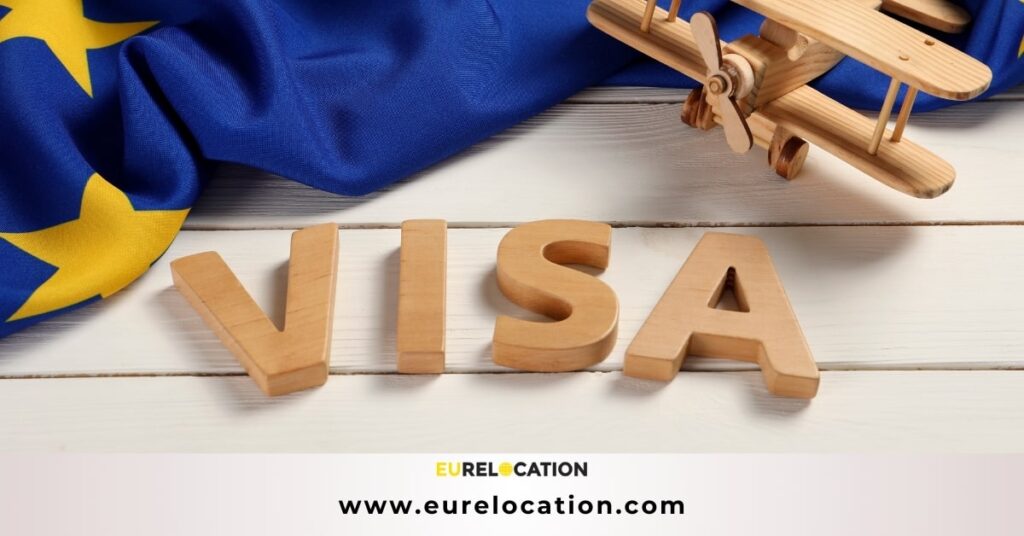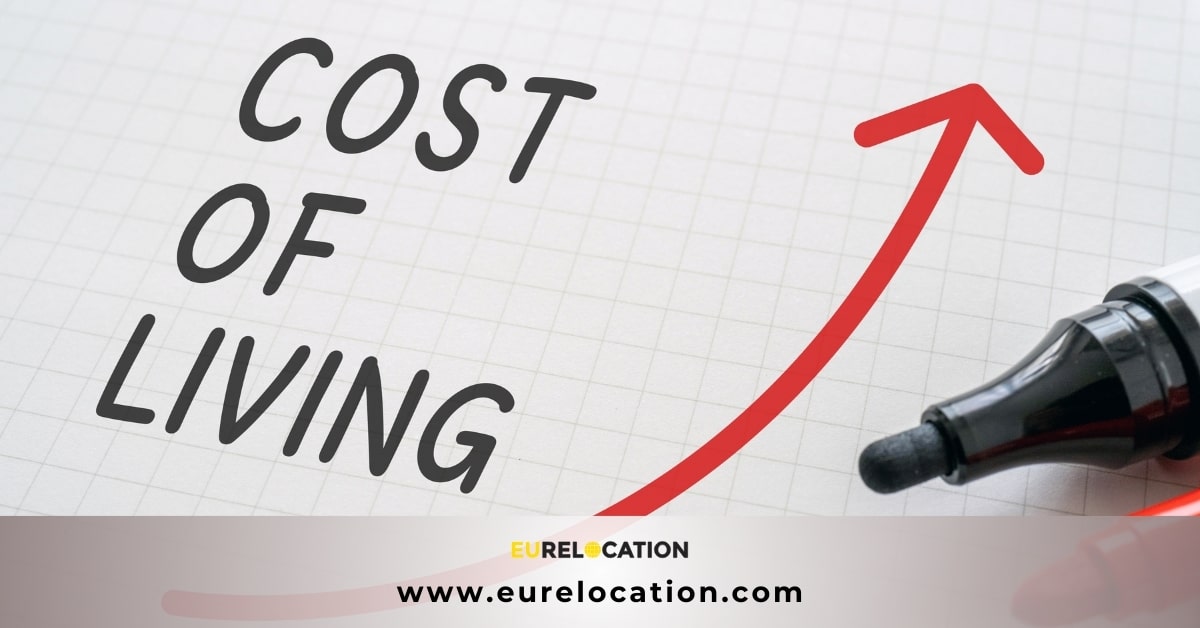Moving to Europe is a dream for many people around the world. The continent offers a rich cultural tapestry, historic landmarks, diverse culinary experiences, and a high quality of life. However, one of the most critical steps in making this dream a reality is understanding and navigating the visa requirements. This guide will help you understand the various types of visas to Europe, the application process, and tips for a smooth transition to your new European home.
Understanding the Basics of a Visa to Europe
Types of Visas
When applying for a visa to Europe, the type you need will depend on several factors, including your nationality, the country you wish to move to, and the purpose of your stay. Here are the main types of visas you might encounter:
- Tourist Visa: This visa to Europe allows you to stay in a European country for a short period, typically up to 90 days within a 180-day period. It’s suitable for those who want to explore Europe before deciding on a permanent move.
- Work Visa: If you plan to move to Europe for employment, you’ll need a work visa to Europe. This visa requires a job offer from a company in the destination country and may involve additional paperwork from your employer.
- Student Visa: For those planning to study in Europe, a student visa to Europe is essential. You’ll need an acceptance letter from a European educational institution and proof of sufficient funds to cover your stay.
- Family Reunification Visa: If you have family members who are citizens or residents of a European country, you might be eligible for a family reunification visa to Europe, allowing you to join them.
- Retirement Visa: Some European countries offer special visas to Europe for retirees, provided they meet certain financial requirements and have health insurance.
Schengen Area vs. Non-Schengen Countries
The Schengen Area is a group of 27 European countries that have abolished passport control at their mutual borders. A Schengen visa allows you to travel freely within these countries. However, not all European countries are part of the Schengen Area. For instance, the United Kingdom and Ireland have their own visa requirements, even though they are in Europe.
Steps to Apply for a Visa to Europe
1. Research Visa Requirements
Each European country has its own specific visa requirements and procedures. Start by researching the requirements for your destination country. Official government websites and consulates are the best sources of accurate and up-to-date information.
2. Gather Required Documents
Commonly required documents for a visa to Europe include:
- A valid passport with at least six months of validity remaining.
- Completed visa application form.
- Recent passport-sized photographs.
- Proof of accommodation (hotel reservation or rental agreement).
- Proof of sufficient financial means (bank statements, payslips).
- Travel insurance (for Schengen visas).
- Additional documents specific to the type of visa (e.g., employment contract, acceptance letter from a university).
3. Submit Your Application and get a Visa to Europe
Visa applications are typically submitted to the embassy or consulate of the country you plan to move to. Some countries allow online applications, while others require in-person submissions. Be prepared to pay a visa application fee, which varies depending on the type of visa and the country.
4. Attend a Visa Interview (if required)
Some visas to Europe require an interview at the embassy or consulate. This interview is an opportunity for the visa officer to verify your intentions and assess your eligibility. Dress appropriately and bring all required documents to the interview.
5. Wait for Processing
Visa processing times can vary widely, from a few days to several months. Check the average processing time for your specific visa type and plan accordingly. It’s advisable to apply well in advance of your intended travel date.
6. Receive Your Visa
Once your visa is approved, you will receive a visa sticker in your passport. Verify the details on the visa to Europe to ensure they are correct, including the validity period and the number of entries allowed.
A visa to Europe: Ready to fulfill your dream?
Moving to Europe is an exciting adventure that requires careful planning and preparation, especially when it comes to navigating visa requirements. By understanding the types of visas to Europe available, gathering the necessary documents, and following the application process diligently, you can increase your chances of a successful move. With the right approach, you can make your dream of moving to Europe a reality.









